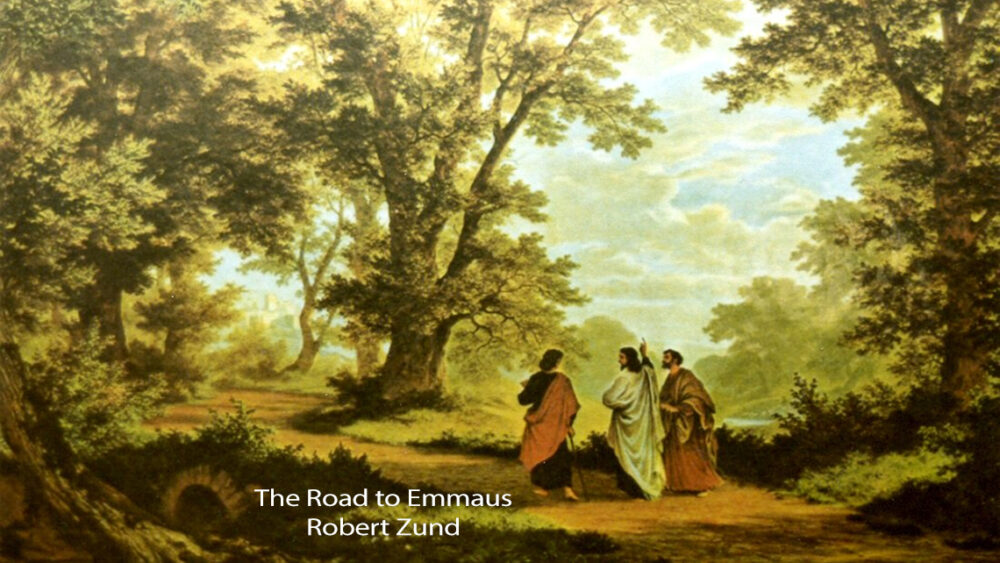The idea of the human Jesus now being in heaven, in his thoroughly embodied risen state, comes as a shock to many people, including many Christians. Sometimes this is because many people think that Jesus, having been divine, stopped being divine and became human, and then, having been human for a while, stopped being human and went back to being divine (at least, that’s what many people think Christians are supposed to believe). More often it’s because our culture is so used to the Platonic idea that heaven is, by definition, a place of “spiritual,” nonmaterial reality so that the idea of a solid body being not only present but also thoroughly at home there seems like a category mistake. The ascension invites us to rethink all this; and, after all, why did we suppose we knew what heaven was? Only because our culture has suggested things to us. Part of Christian belief is to find out what’s true about Jesus and let that challenge our culture.
This applies in particular to the idea of Jesus being in charge not only in heaven but also on earth, not only in some ultimate future but also in the present. Many will snort the obvious objection: it certainly doesn’t look as though he’s in charge, or if he is, he’s making a proper mess of it. But that misses the point. The early Christians knew the world was still a mess. But they announced, like messengers going off on behalf of a global company, that a new CEO had taken charge.
What happens when you downplay or ignore the ascension? The answer is that the church expands to fill the vacuum. If Jesus is more or less identical with the church—if, that is, talk about Jesus can be reduced to talk about his presence within his people rather than his standing over against them and addressing them from elsewhere as their Lord, then we have created a high road to the worst kind of triumphalism.
Only when we grasp firmly that the church is not Jesus and Jesus is not the church—when we grasp, in other words, the truth of the ascension, that the one who is indeed present with us by the Spirit is also the Lord who is strangely absent, strangely other, strangely different from us and over against us, the one who tells Mary Magdalene not to cling to him—only then are we rescued from both hollow triumphalism and shallow despair.
Conversely, only when we grasp and celebrate the fact that Jesus has gone on ahead of us into God’s space, God’s new world, and is both already ruling the rebellious present world as its rightful Lord and also interceding for us at the Father’s right hand—when we grasp and celebrate, in other words, what the ascension tells us about Jesus’s continuing human work in the present—are we rescued from a wrong view of world history and equipped for the task of justice in the present. Get the ascension right, and your view of the church, of the sacraments, and of the mother of Jesus can get back into focus.
— N. T. Wright, Surprised by Hope.
